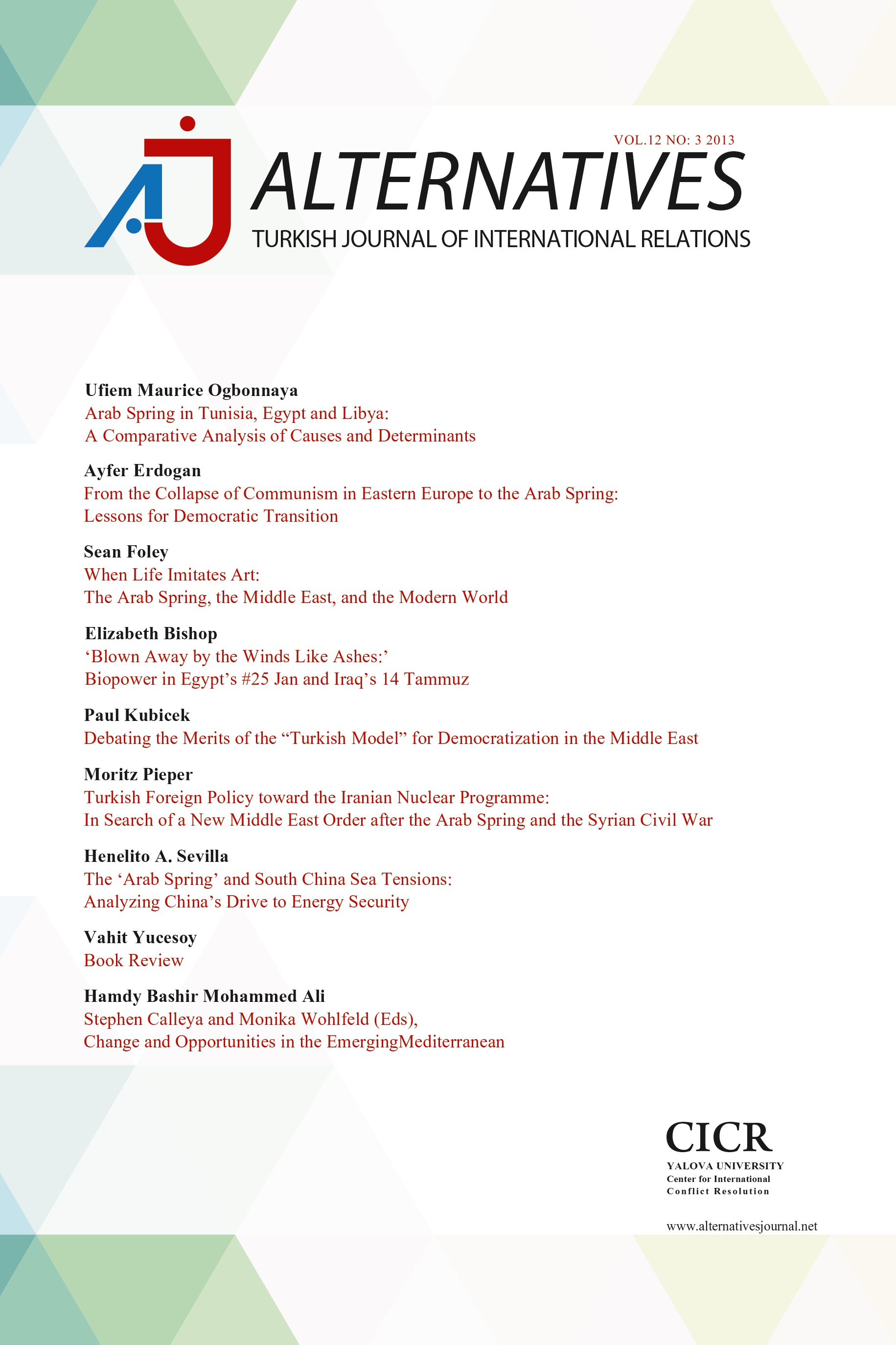Whose Agenda Is Served by the Idea of a Shia Crescent?
After the American invasion of Iraq in 2003, it became evident that Iraq’s Shia majority would dominatethe future government if a free election was going to be held. In 2004, Jordan’s King Abdullah, anxiouslywarned of the prospect of a “Shia crescent” spanning Iran, Iraq, Syria, and Lebanon. This idea was thenpicked up by others in the Arab world, especially Egypt’s President Mubarak and some elements withinthe Saudi government, to reaffirm the Iranian ambitions and portray its threats with regard to the MiddleEast. This article seeks to unearth the main causes of promoting the idea of a revived Shiism by someArab countries, and argue that it was basically proposed out of the fear that what the American occupationof Iraq unleashed in the region would drastically change the old Arab order in which Sunni governmentswere dominant. While Iran downplayed the idea and perceived it as a new American conspiracy, it wasgrabbed by the Bush administration to intensify its pressures on Iran. It also sought to rally support in theArab world for US Middle East policy in general, and its failed policy toward Iraq in particular. Thus, toanswer the above mentioned question, a close attention would be paid to both the Arab and Iranianagenda in the Middle East after the overthrow of Saddam Hussein in order to establish which entitiesbenefit most from the perception of a Shia crescent.
Keywords:
-,
- ISSN: 2146-0809
- Yayın Aralığı: Aylık
- Yayıncı: Yalova Üniversitesi
